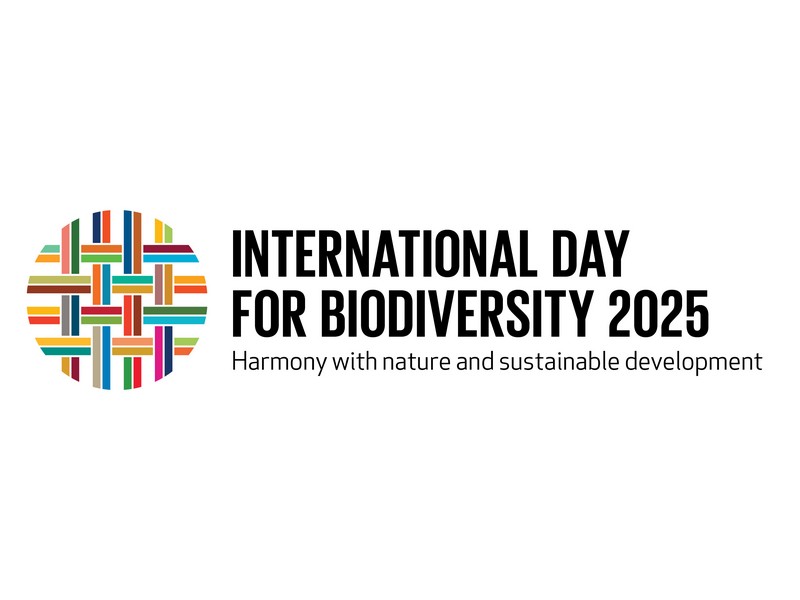Biodiversity and Land Degradation: A Common Fight!
In dryland areas, combating land degradation not only secures the future of ecosystems but also helps preserve biodiversity and supports the sustainable development of human societies that are closely dependent on them. Measures aimed at improving, preserving, and restoring land are part of the shared solutions to tackle desertification, biodiversity loss, and, of course, climate change.
The CSFD has published several briefs highlighting this shared commitment to sustainable development in drylands. These publications also emphasize the importance of oasis agrobiodiversity and the many connections between pastoralism and biodiversity.
CSFD news sheets. Feel free to discover and download them.
Biodiversity and land degradation – A mutual combat for sustainable development in dryland areas
Published in 2021
Author(s): Cornet Antoine, Amsallem Isabelle, Bonnet Bernard, Duponnois Robin, Hiernaux Pierre, Ickowicz Alexandre, Leroy Maya, Loireau Maud, Raimond Christine, Requier-Desjardins Mélanie
Nature is declining globally at rates unprecedented in human history.” The Intergovernmental Science-Policy Platform on Biodiversity and Ecosystem Services (IPBES) published an alarming report in 2019 on the state of biodiversity worldwide, while calling on everyone to react right away. According to IPBES, about 1 million living species are threatened and global species extinction is occurring at a 100 to 1,000 times faster rate than previously. What about drylands? CSFD offers its outlook and proposes nine recommendations to combat both land and biodiversity degradation and support sustainable development in these regions.
Biodiversity and land degradation in dryland areas – Role of pastoralism
Published in 2021
Author(s): Bonnet Bernard, Hiernaux Pierre, Ickowicz Alexandre
Pastoral livestock herding has long been blamed for contributing to environmental degradation1 and especially to biodiversity loss. Is this criticism warranted given that pastoralism is still—and has long been—a key economic activity in Sahelian-Saharan Africa? Preconceived ideas or reality? These questions are addressed hereafter…
(1) Steinfeld H. et al. 2006. Livestock’s long shadow: environmental issues and options. FAO, Rome, 390 p.
Biodiversity and land degradation in dryland regions – Importance of agrobiodiversity in oases
Published in 2021
Author(s): Bourjac Mathilde
Traditional oasis farming systems consist of a palm grove with fruit trees (apricot, pomegranate, etc.), vegetable and/ or fodder crops growing in the understorey thereby forming a rich yet endangered oasis of agrobiodiversity.


